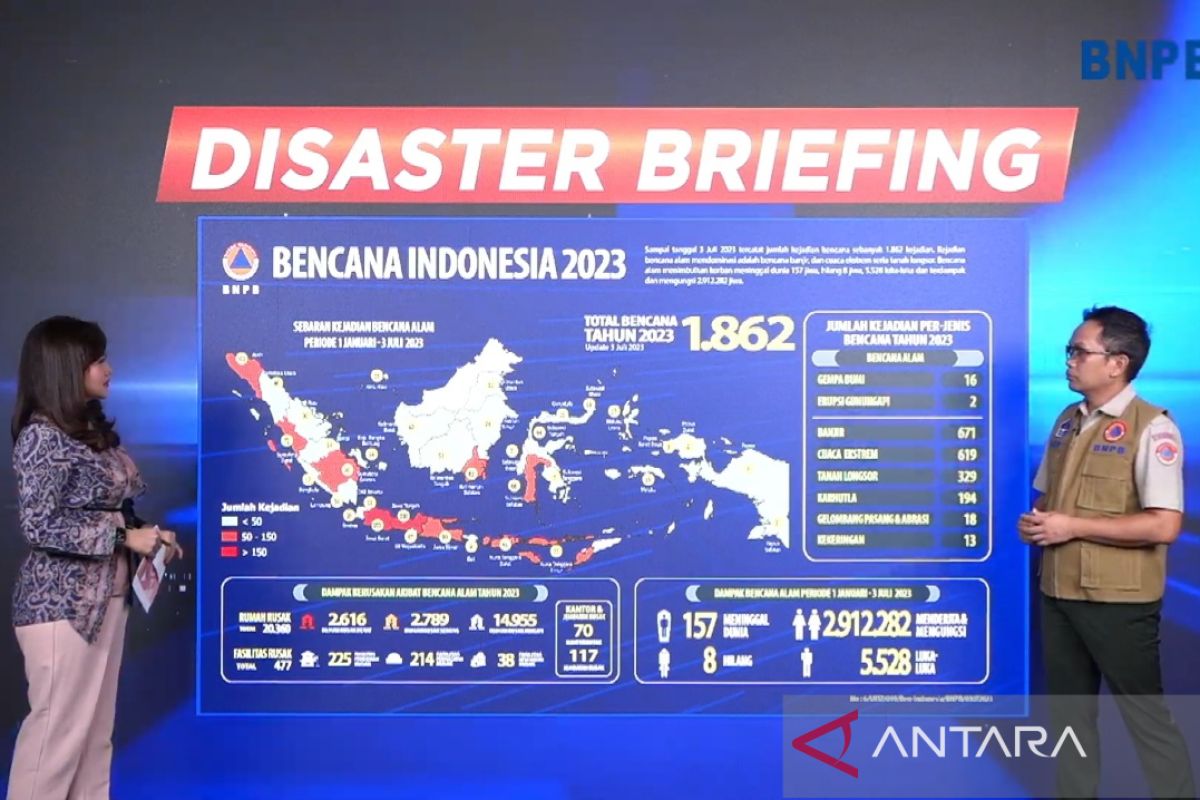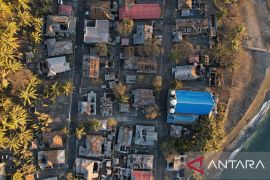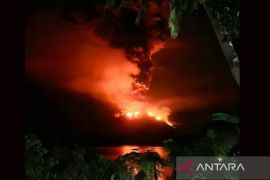"The root cause of the problem of hydrometeorological disasters, both wet and dry, is the result of environmental damage, and the disasters that occur cannot be separated from human activities or human-made disasters," he stated during a disaster briefing discussion in Jakarta on Monday.
He pressed for conducting evaluation of this human-made disaster and taking mitigatory steps to reduce the impact.
"In the upstream areas, environmental damage has occurred due to land conversion, logging, and illegal logging, while in the downstream areas, it was caused by urbanization followed by concreting of cities that hampered water absorption into the land," he remarked.
Based on the BNPB data, the two provinces of Aceh and West Sumatra had the highest number of disaster cases. While entering the dry season in July 2023, historically, Sumatra's three provinces of Riau, Jambi, and South Sumatra recorded quite high incidence of forest and land fires (karhutla), Muhari remarked.
Related news: BMKG urges cautiousness against hydrometeorological disasters in 2022
As of Monday, July 3, the most frequent types of natural disasters were floods, with 671 cases; extreme weather, 619 cases; landslides, 329 cases; and forest and land fires, 194 cases, he remarked.
"Wet hydrometeorological disasters, such as floods, extreme weather, and landslides, are caused by humans," he stated.
Moreover, Muhari noted that dry hydrometeorological disasters, such as karhutla, are caused by the human factor.
"The burning was carried out early in the morning until dawn, at which time there were no officers on patrol, and by the time the sun had risen, the burned area had expanded, causing quite a big impact," he pointed out.
He drew attention to the fact that the BNPB cannot suppress the number of cases to zero, but the response to handle karhutla can be accelerated.
"Currently, the BNPB has prepared water-bombing helicopters that are quite effective when the forest fires have not yet spread, so we can focus on extinguishing the origin of the fire. Once the fire stops, the regional task force will help," Muhari noted.
He believes that this is a good effort made through synergy between the central and regional governments, both across ministries and regional governments.
"The synergy between the BNPB and the local government, coordination at the regional governmental apparatus institutions (OPD) level and across ministries has improved. Teams in the field, such as Manggala Agni and the Fire Awareness Society, have responded more quickly to incidents on the ground," he remarked.
Related news: Regional governments should form El Nino mitigation task force: BNPB
Related news: BNPB tracking groundwater levels in peat areas to prevent fires
Translator: Lintang Budiyanti P, Resinta S
Editor: Yuni Arisandy Sinaga
Copyright © ANTARA 2023












